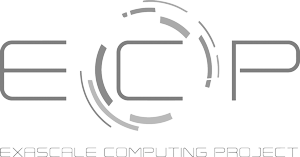As AI accelerates code generation, the bottleneck in software development is shifting from implementation speed to architectural clarity. This article highlights why intentional design, guardrails, and coherence are becoming more important than raw agility.
| Resource information | Details |
|---|---|
| Article title | Agile is Out, Architecture is Back |
| Authors | Craig Adam |
| Focus | Software Architecture Evolution |
In the article Agile Is Out, Architecture Is Back, Craig Adam argues that software development is shifting into a new era where architecture and intentional design matter more than raw velocity. Agile methods liberated developers from the heavy planning of waterfall, but in today’s AI-driven environment, speed without direction quickly accumulates technical debt. Tools like GitHub Copilot and Claude Code can generate functions, interfaces, and APIs with ease; the real challenge is not in building pieces of software but in designing the systems and guardrails within which those pieces fit.
Adam introduces the idea of “vibe coding,” where developers lean on AI prompts to produce components rapidly. While this accelerates experimentation, it often produces incoherent architectures and hidden dependencies. To counteract this, developers must think in systems, not snippets, and invest in guardrails such as schemas, frameworks, and enforceable constraints. In this new paradigm, codebases serve not only as repositories for humans but also as sources of training data and guidance for future AI agents. Clean abstractions, consistent styles, and curated examples become essential, since the next “reader” of your code may be a machine.
The Agile Manifesto is not obsolete, but it requires reinterpretation. “Working software over documentation” gives way to valuing robust structure over brittle releases, and “individuals and interactions over processes and tools” must adapt to include machine collaborators. The goal is not to regress into bureaucracy but to establish a refined agility, one that balances adaptability with architectural intent.
For technical leaders, Adam suggests shifting focus toward long-term coherence: designing systems and boundaries, curating clean patterns, and emphasizing architectural reviews over code correctness alone. In this environment, the best developers are not lone geniuses but architects of clarity—those who make implicit rules explicit and build frameworks that others, including AI, can follow.
In short, velocity is no longer the scarce resource; coherence and direction are. AI accelerates implementation, but the value of human developers now lies in shaping systems that endure. Agile is not dead, but it has evolved: architecture is once again at the center of the craft.
This article should be useful to anyone interested in emerging trends and observations as AI tools become an increasing part of software development workflows.


